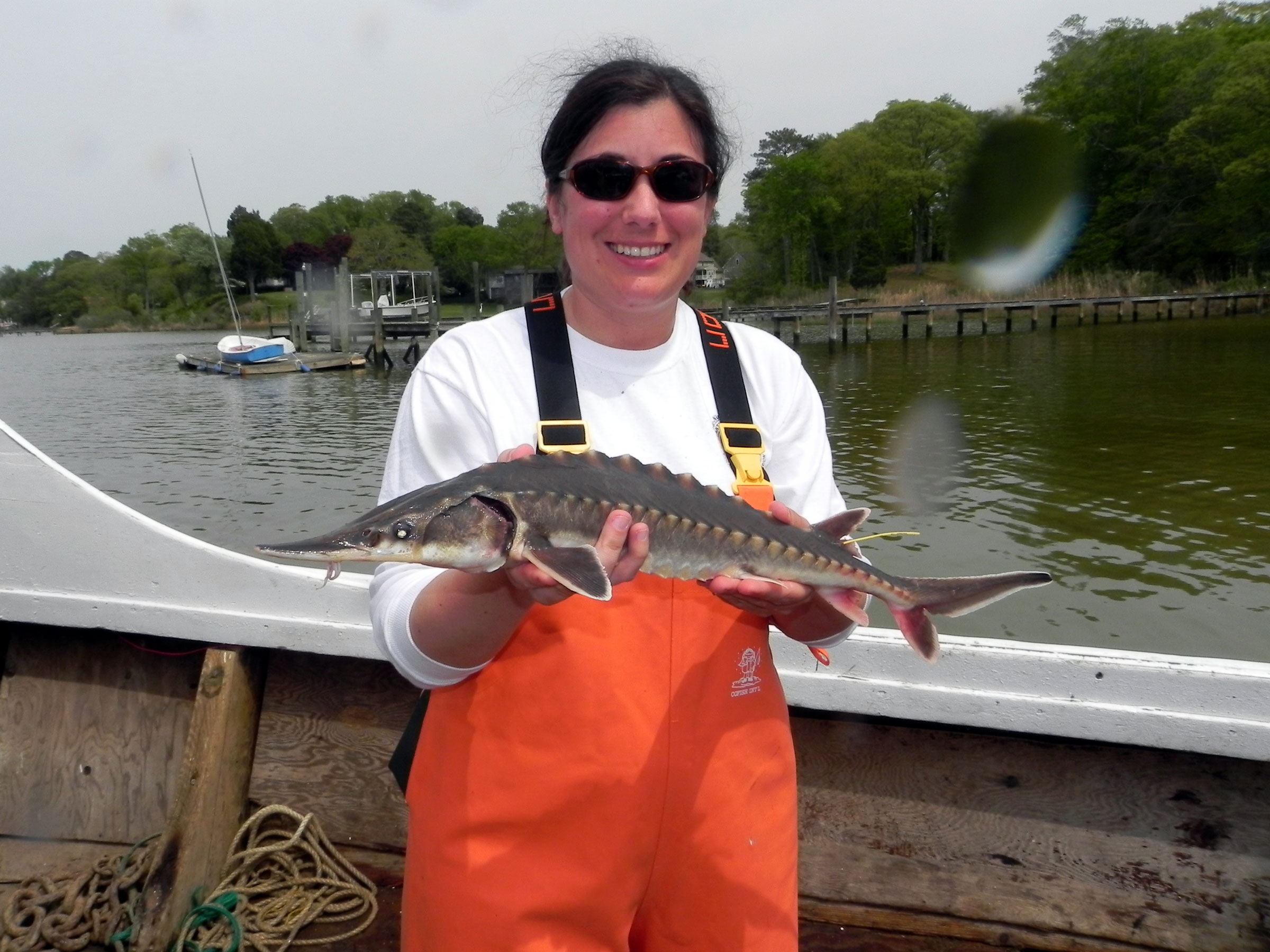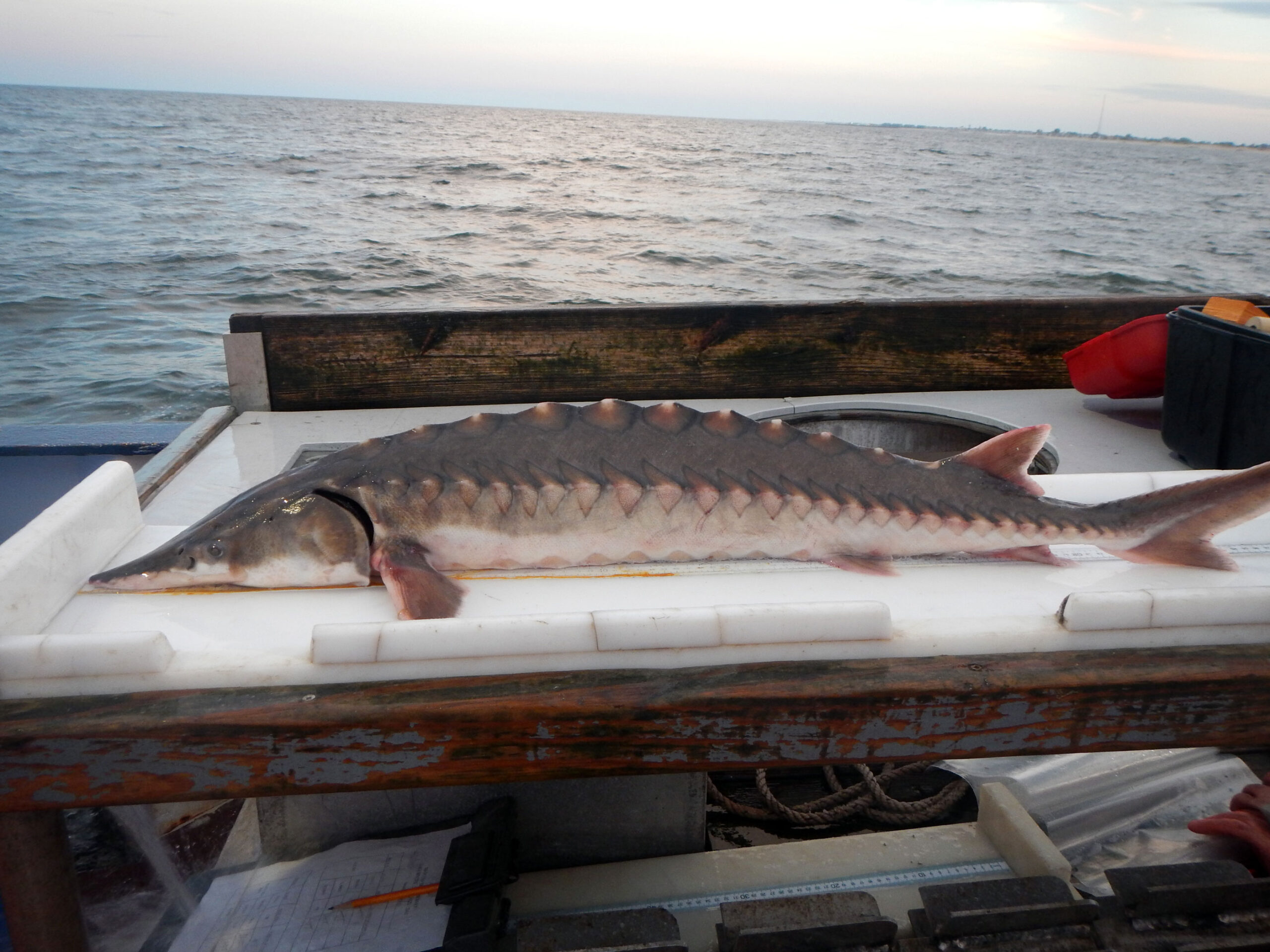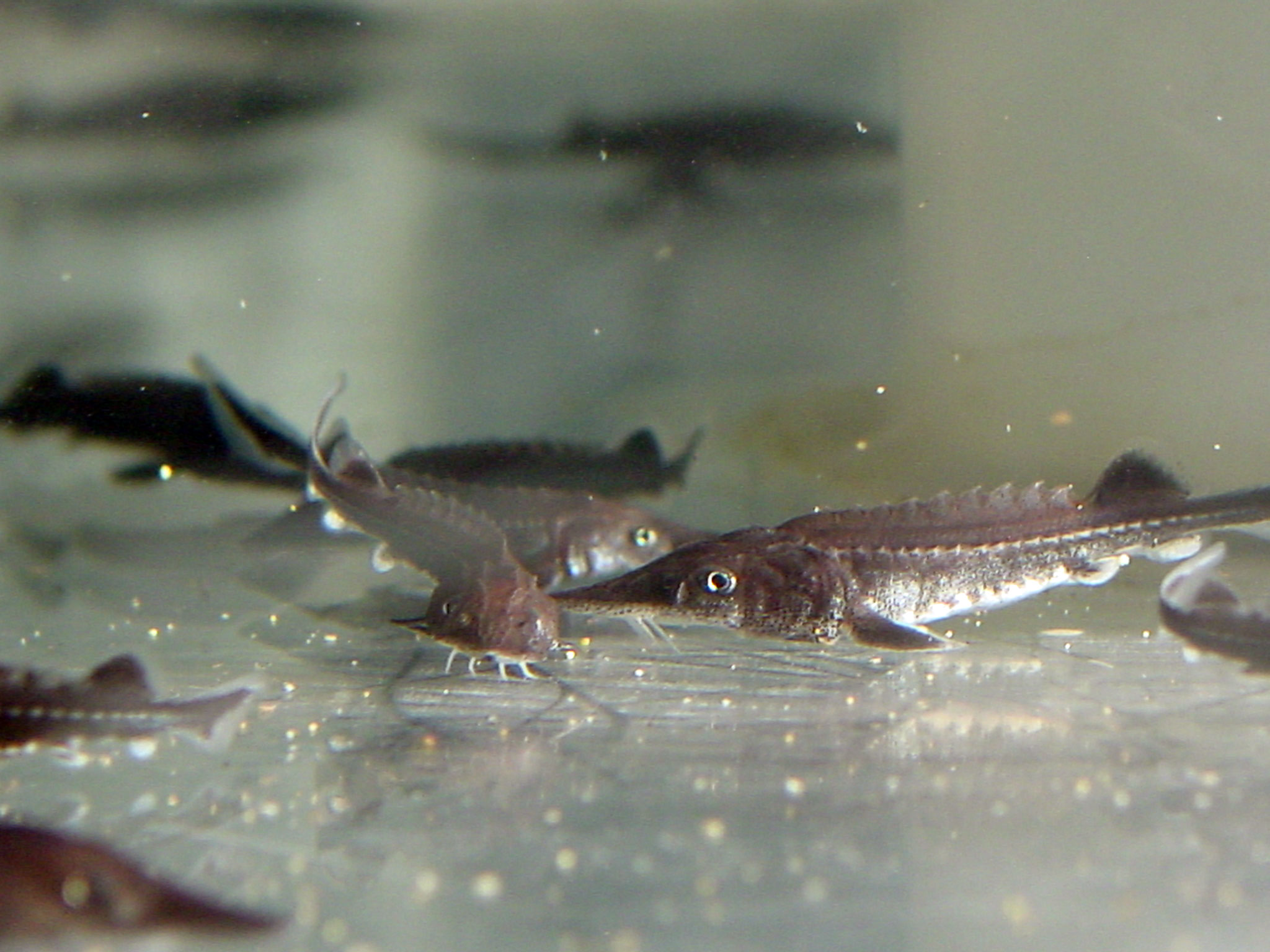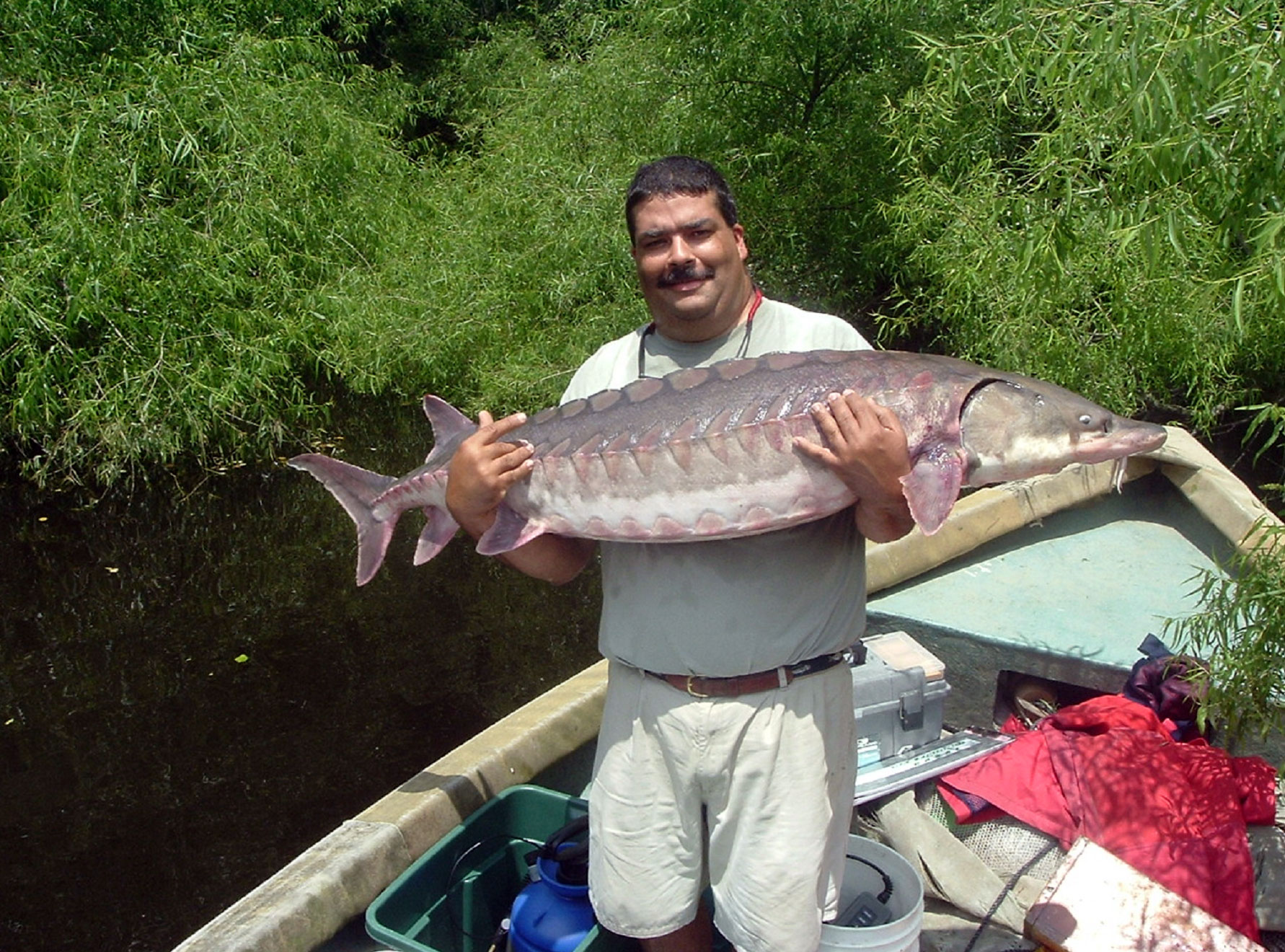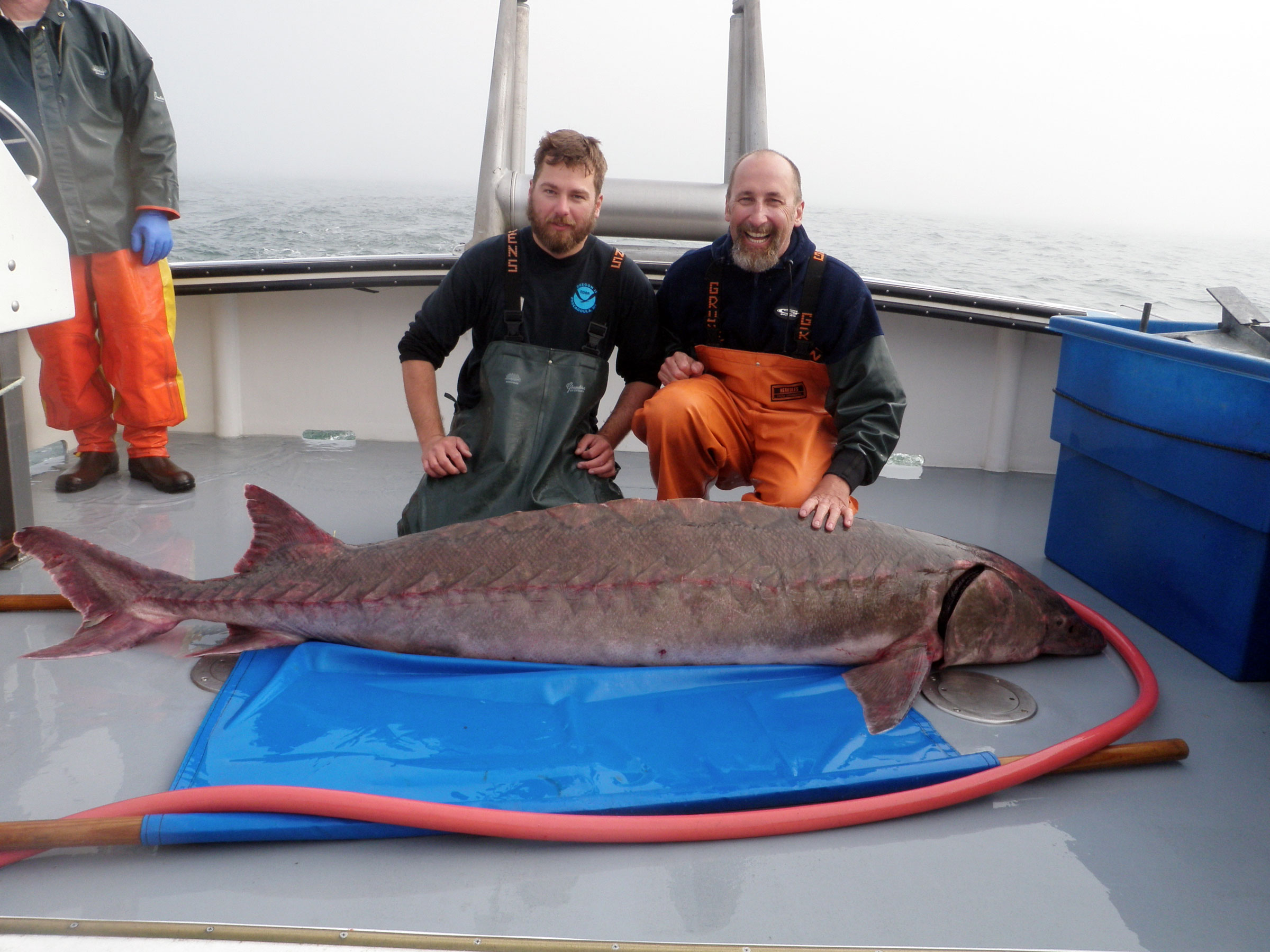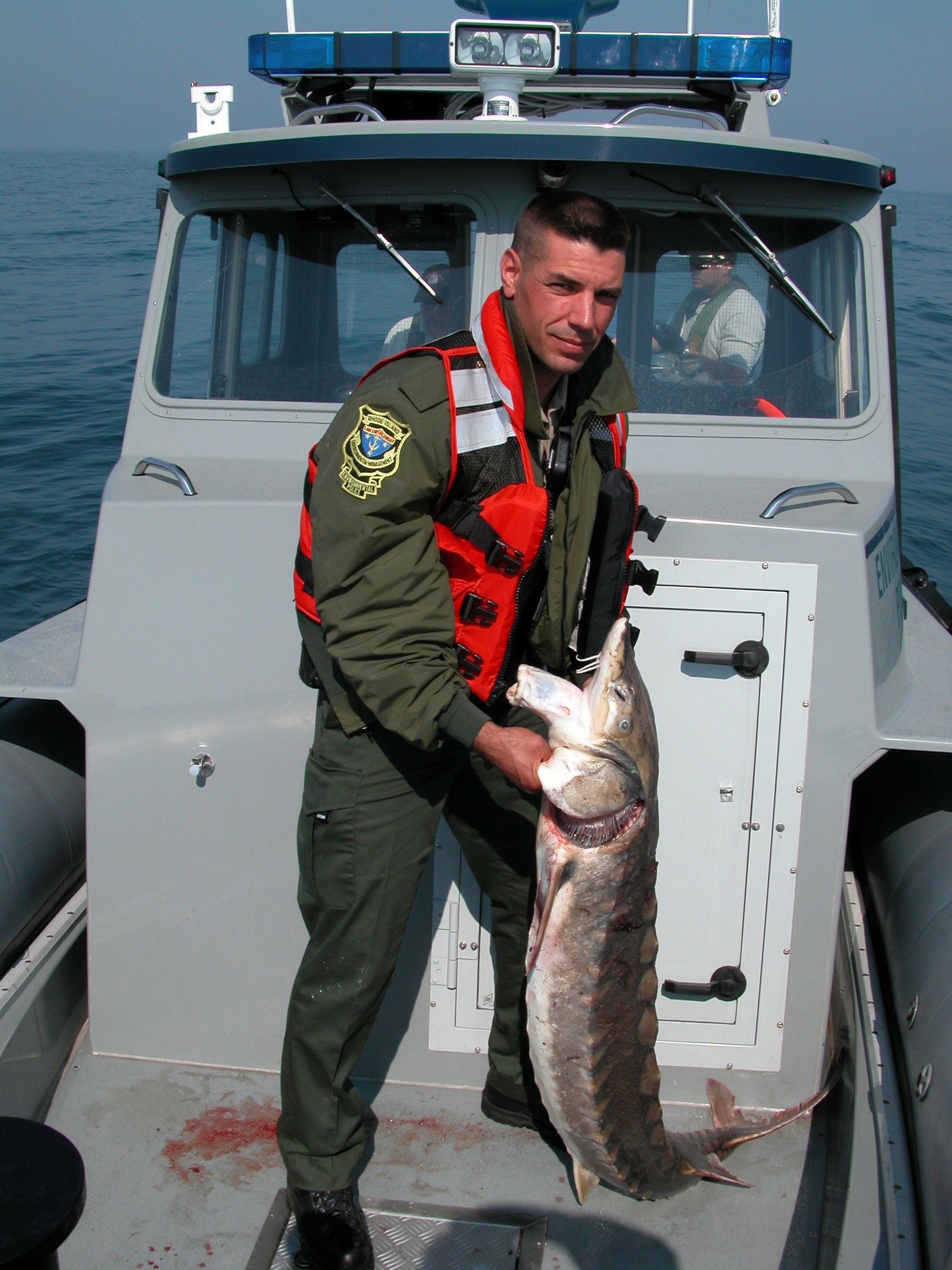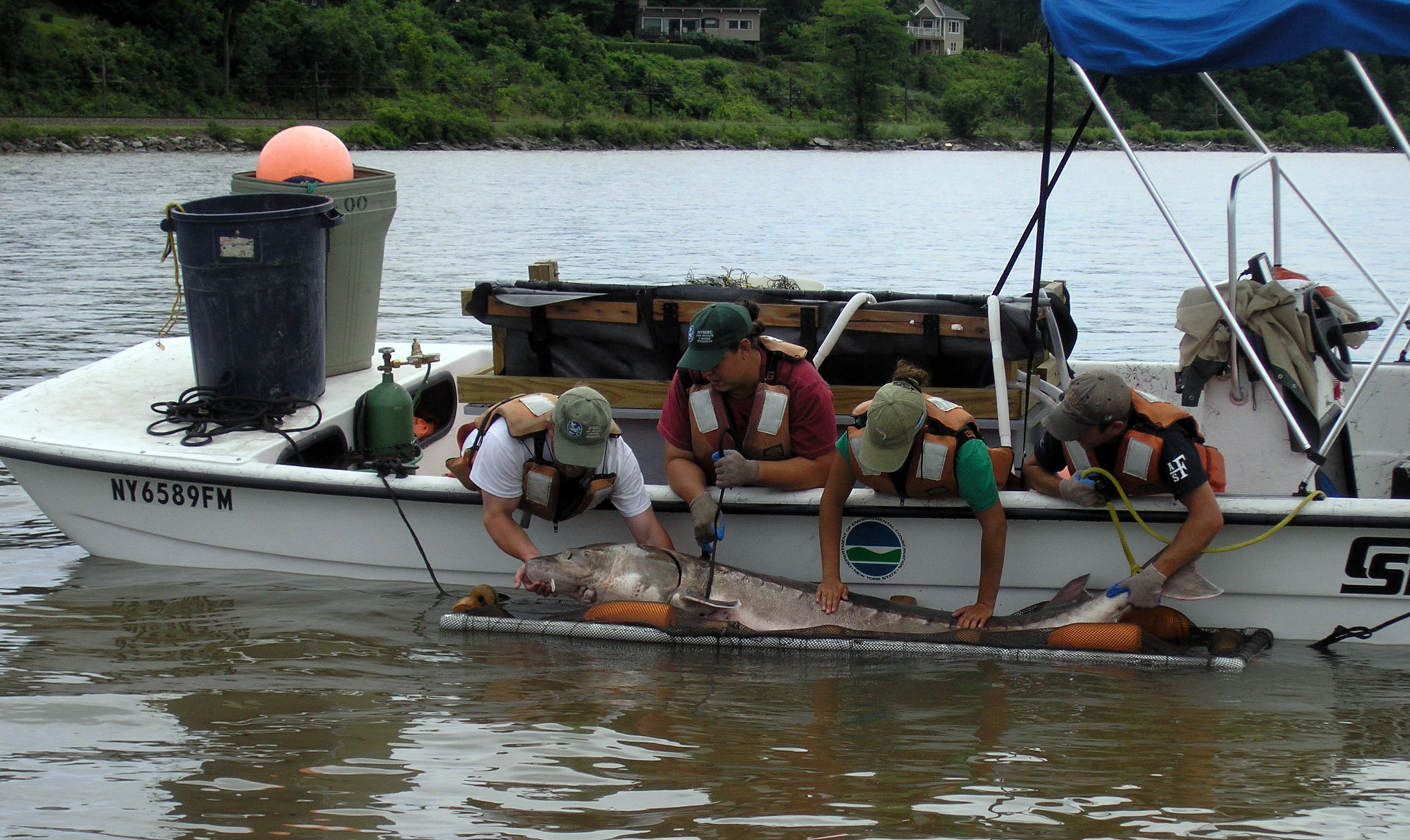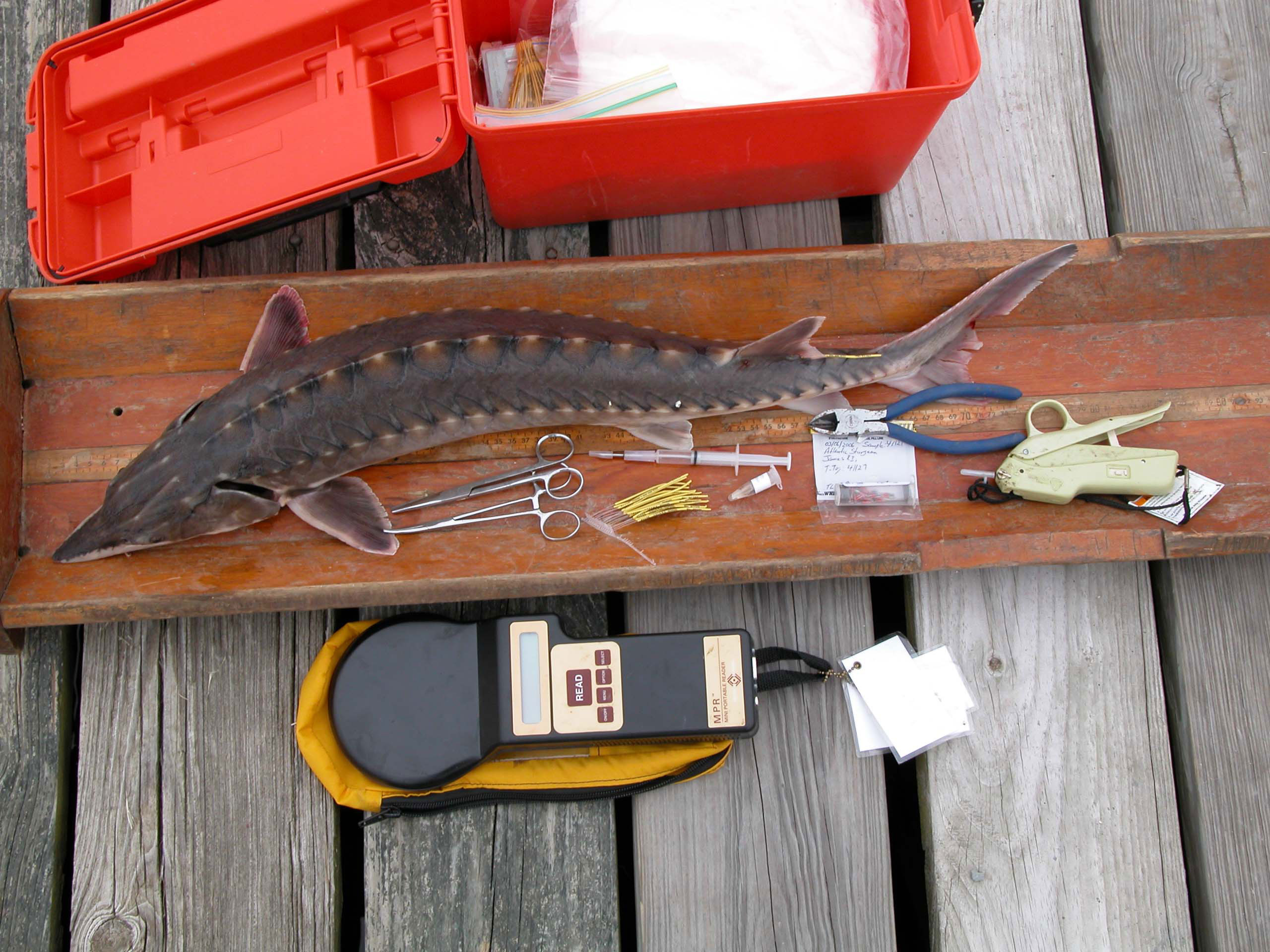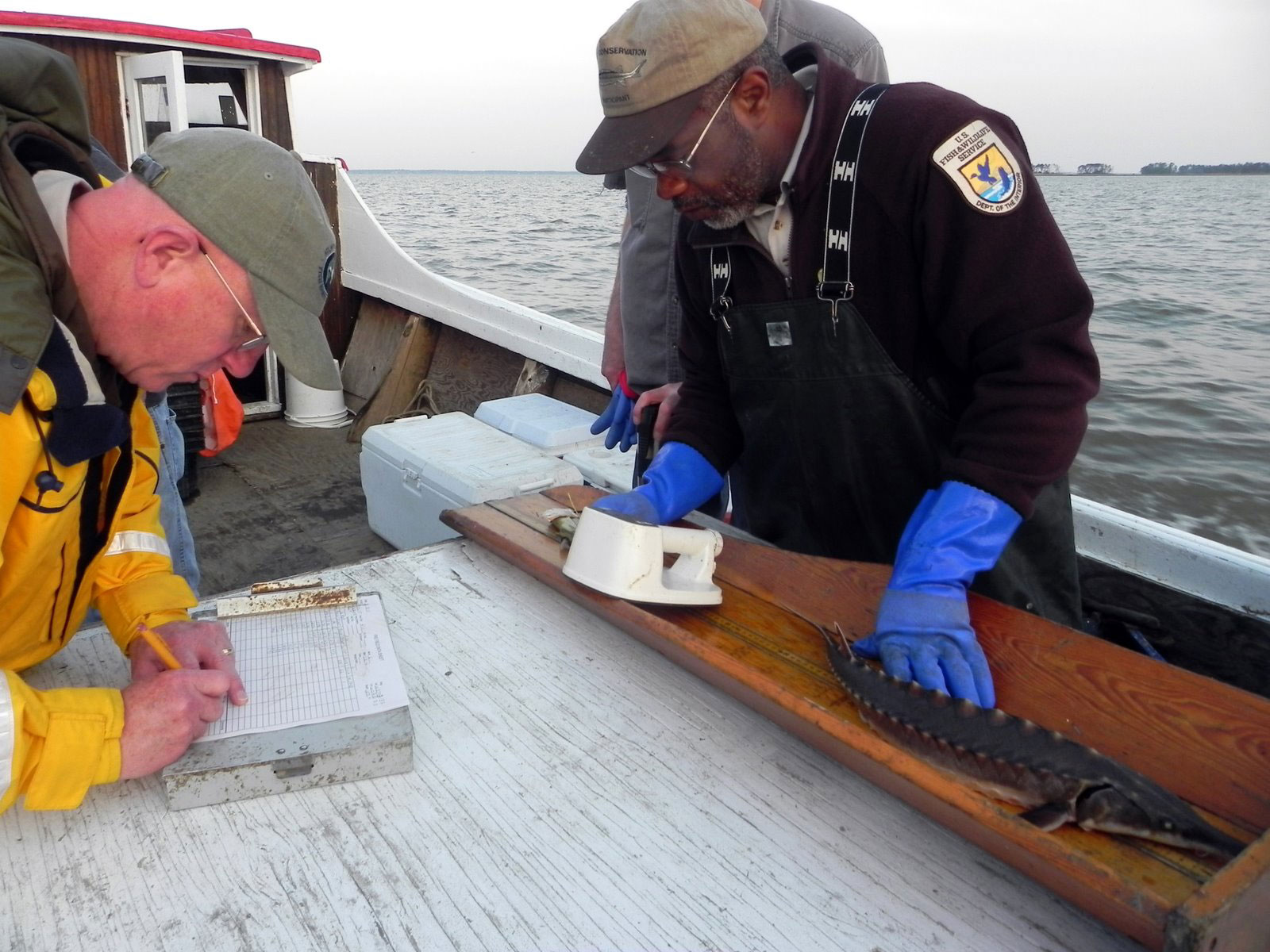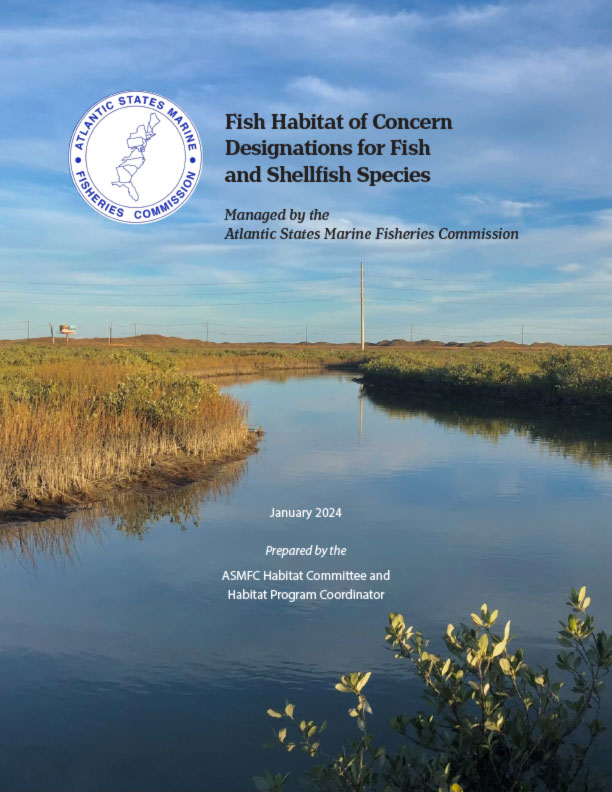Atlantic Sturgeon
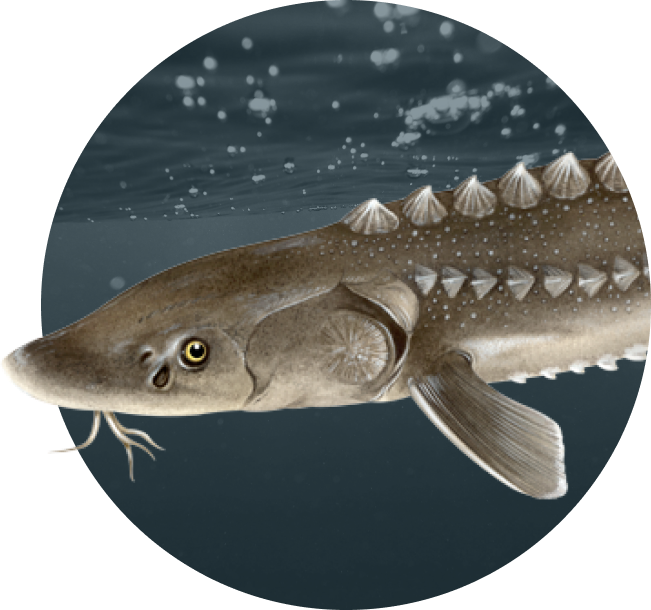
Latest News and Resources
-
Atlantic Sturgeon Technical Committee Meeting Summary — July 2025
-
Atlantic Sturgeon Ageing Webinar Agenda — July 2025
-
Atlantic Sturgeon Management Board Summer Meeting Presentations — August 2024
-
Atlantic Sturgeon Management Board Summer Meeting Materials — August 2024
-
Atlantic Sturgeon Species Management Overview
-
2024 Summer Meeting Summary
-
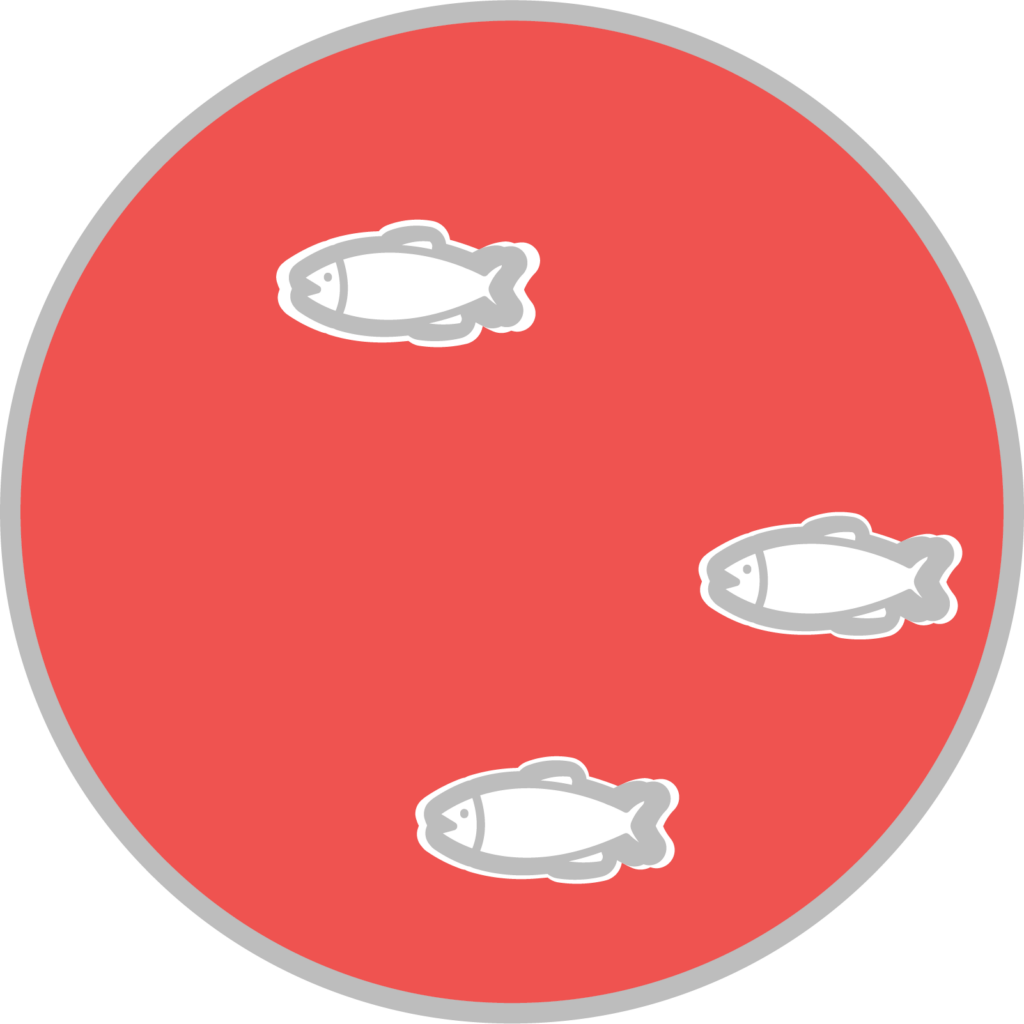
Population Abundance
Depleted
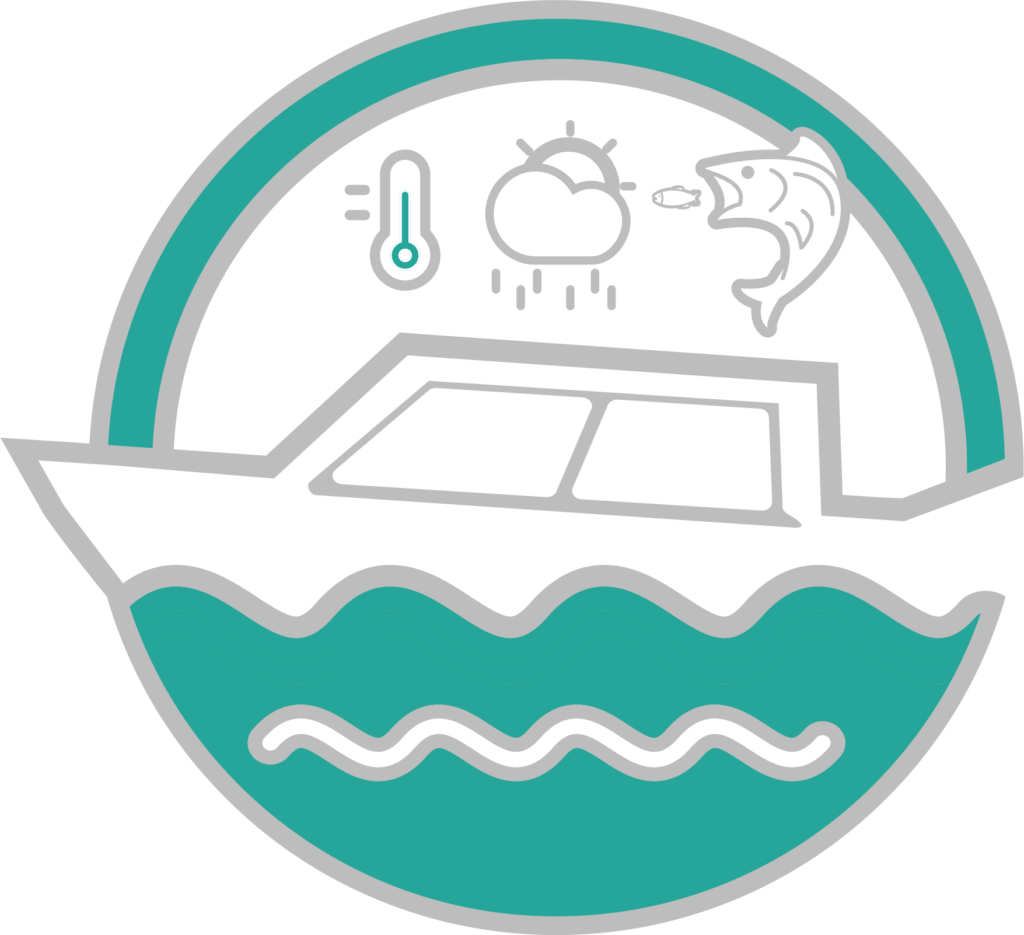
Total Mortality
Below threshold
Current Status
Stock status based on 2024 assessment update. Coastwide abundance has likely increased since 1998 and total mortality is likely below reference point. Mixed results at distinct population levels. 40+ year moratorium implemented in 1998. Listed under the ESA in 2012.
Meeting Calendar
Next Meeting
No events found
-
Recent Management Actions
Action
Status
Contacts
- James Boyle IV, FMP Coordinator (JBoyle@asmfc.org)
- Management Board, Ross Self, Chair
- Technical Committee, Amanda Higgs, Chair
- Advisory Panel (Disbanded in 2018)
Species Information
Atlantic sturgeon are ancient, anadromous fish inhabiting the Atlantic coast from Florida to Labrador, playing a crucial role in marine ecosystems and supporting historical fisheries. Due to overharvesting, habitat loss, and other threats, Atlantic sturgeon populations remain depleted despite some signs of recovery. Managed under strict moratoriums and comprehensive management plans, the Commission is dedicated to conserving and rebuilding these iconic species through collaborative and adaptive strategies.
Management
Atlantic sturgeon are managed in the U.S. through Amendment 1 to the Interstate FMP for Atlantic Sturgeon and its associated Addenda I-IV. The primary goal of the amendment is to achieve stock recovery. Under Amendment 1, each state and jurisdiction “must maintain complete closure, through prohibiting possession of Atlantic sturgeon, and any and all parts thereof including eggs, of any directed fishery for and landings of Atlantic Sturgeon until the fishery management plan is modified to reopen fishing in that jurisdiction.” Exceptions to the moratorium on possession were approved via Technical Addendum #1 (2000) for the purposes of scientific research and educational display. The Amendment also addresses Atlantic sturgeon mortality associated with bycatch from other fisheries.
Addendum I (2001) exempts the State of Florida from the possession moratorium in order to develop private aquaculture facilities for cultivation and propagation of the species. Addendum II (2005) exempts a private company in North Carolina from the moratorium on possession, propagation, and sale of Atlantic sturgeon meat and eggs, and allows a Canada-based exporter to export Atlantic sturgeon fry and fingerlings into North Carolina. Addendum III (2006) similarly allows a private company in North Carolina to import Atlantic sturgeon from a Canada-based exporter. Addendum IV (2012) updates habitat information for Atlantic sturgeon and identifies areas of concern and research needs.
Stock Status
The 2024 stock assessment update concluded that Atlantic sturgeon remain depleted coastwide. The “depleted” status was used instead of “overfished” because many factors (such as bycatch, habitat loss, and ship strikes), not just directed historical fishing, have contributed to the continued low abundance of Atlantic sturgeon. While overall levels of Atlantic sturgeon remain low, the population has shown signs of improvement with a significant positive trend over the time series and a high probability that abundance in 2022 was greater than abundance in 1998 at the start of the 40-year moratorium on harvest. Additionally, total mortality was low and had a low probability of exceeding the reference point. While Atlantic sturgeon is still considered a “data-poor” species, a tremendous amount of information has been collected on the species since 1998 that improve the abilities of managers and scientists to manage the species.
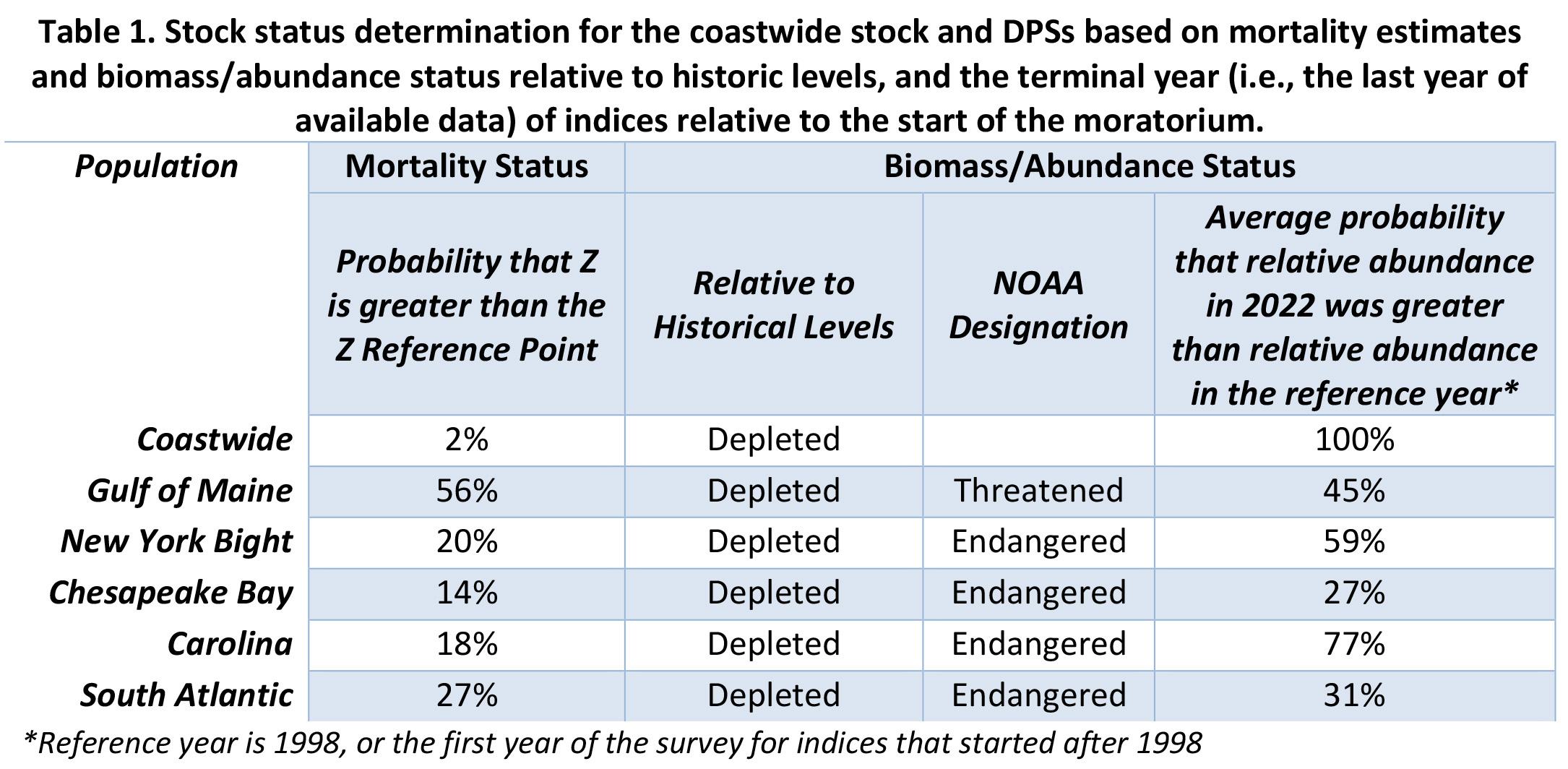
The coastwide Atlantic sturgeon population is made up of five distinct population segments (DPSs): (1) Gulf of Maine (GOM), (2) New York Bight, (3) Chesapeake Bay, (4) Carolina and (5) South Atlantic. At the individual DPS level, results were mixed. Most indices showed either a positive trend or no significant trend over the time series. While it was likely that the New York Bight and Carolina DPSs had higher abundance in 2022 than in 1998, it was unlikely to be the case for the Gulf of Maine, Chesapeake Bay, and South Atlantic DPSs. Additionally, total mortality estimates for each DPS were higher than for the full coastwide population, but only the Gulf of Maine had a greater than 50% probability of exceeding the reference point.
In 2012, following several status reviews, NOAA Fisheries declared the GOM DPS as threatened and the remaining DPSs as endangered under the Endangered Species Act (ESA). The status review determined the most significant threats to all five DPSs are bycatch mortality, poor water quality, lack of adequate state and federal regulatory mechanisms, and dredging activities. Additional stressors include habitat impediments and ship strikes. In 2013, NOAA Fisheries published an Interim Final Rule for the threatened GOM DPS which essentially provides the same protection as an endangered listing. In April 2017, NOAA Fisheries published a final rule to designate Atlantic sturgeon critical habitat (i.e., specific areas that are considered essential to the conservation of the species) in each of the DPSs.
Commercial & Recreational Fisheries
Since colonial times, Atlantic sturgeon have supported commercial fisheries of varying magnitude. In the late 1800s, they were second only to lobster among important fisheries, with landings estimated at seven million pounds per year just prior to the turn of the century.
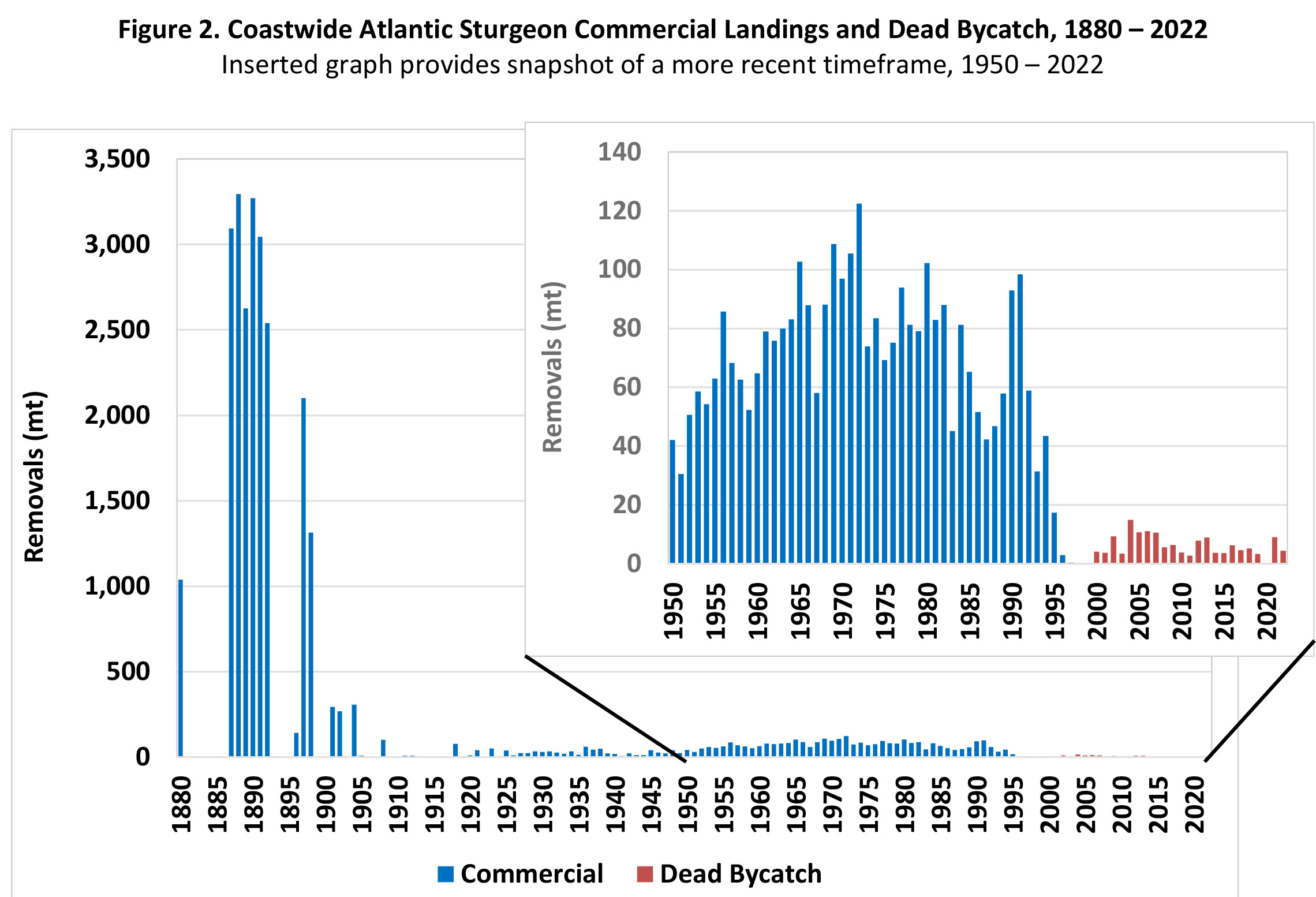
Overharvesting of sturgeon for flesh and eggs (known as caviar) continued through the 1990s until the Commission and federal government implemented a coastwide moratorium in late 1997 and early 1998. Because the population has been severely overfished, the Commission’s Fishery Management Plan for Atlantic Sturgeon calls for a coastwide moratorium through at least 2038, in order to build up 20 year classes. Several facilities culture Atlantic sturgeon for research purposes.
Life History
Atlantic sturgeon (Acipenser oxyrhynchus) are ancient fish dating back at least 70 million years, and can be found along the entire Atlantic coast from Florida to Labrador, Canada. They are anadromous, migrating from the ocean into coastal estuaries and rivers to spawn. Atlantic sturgeon may live up to 70 years old, with females reaching sexual maturity between the ages of seven to 30, and males between the ages of five to 24.
Typically sturgeon inhabiting the southern part of the species range mature faster and grow larger than those in the northern part of the range. Females reach sexual maturity between the ages of 7 and 30, and males between the ages of 5 and 24. The number of eggs that a female produces increases with age and size, which means that older and larger females are more valuable to the population because they produce more eggs (up to eight millions eggs per spawning event) than younger, smaller females (estimated 400,000 eggs per spawning event).
Most juveniles remain in their natal river from one to six years before migrating back out to the ocean. Little is known about the movements of Atlantic sturgeon when they are at sea. As juveniles, Atlantic sturgeon feed on flies, worms, shrimps, and small mollusks and crustaceans. As adults, they are opportunistic feeders and prey mainly on mollusks, snails, worms, shrimps and benthic fish. Very little is known about their natural predators.
News & Resources
Explore recent news, management updates, and scientific reports to gain a deeper understanding of ongoing conservation efforts and sustainability strategies.
-
Sturgeon Benchmark Assessment Planning Meeting
-
-
-
-
Prepared for the Commissioner Manual
-
-
Arlington, VA – The Atlantic Sturgeon Stock Assessment Update finds that while the coastwide population remains depleted relative to historic levels, the population has shown signs of improvement with a significant positive trend over the time series. Further, there is a high probability that abundance in 2022 was greater than abundance in 1998 at the…
-
The 2024 Atlantic Sturgeon Stock Assessment Update is an update to the 2017 Atlantic Sturgeon Benchmark Stock Assessment that was peer-reviewed by an independent panel of scientific experts through the Commission’s Peer Review process.
-
The purpose of this assessment was to update the 2017 Atlantic Sturgeon Benchmark Stock Assessment and Peer Review Report (ASMFC 2017) with recent data from 2016-2022.
-
The Habitat Committee drafted text descriptions of FHOC for each Commission-managed species drawing on information from the current description of FHOC in the FMPs, species fact sheets, other ASMFC publications, and current literature.
-
-
The TC/SAS recommended that the 2024 assessment for sturgeon be an update instead of a full benchmark. • The TC/SAS approved the assessment schedule (Table 1) with the assessment update completed and presented to the Board in August 2024.
-
-
Presenter: Spencer Talmage, NOAA Fisheries
-
Get Hooked on ASMFC News
Dive into the latest updates and catch all the important news by joining our newsletter mailing list. Stay in the loop with meeting agendas, fisheries management news, and more.
